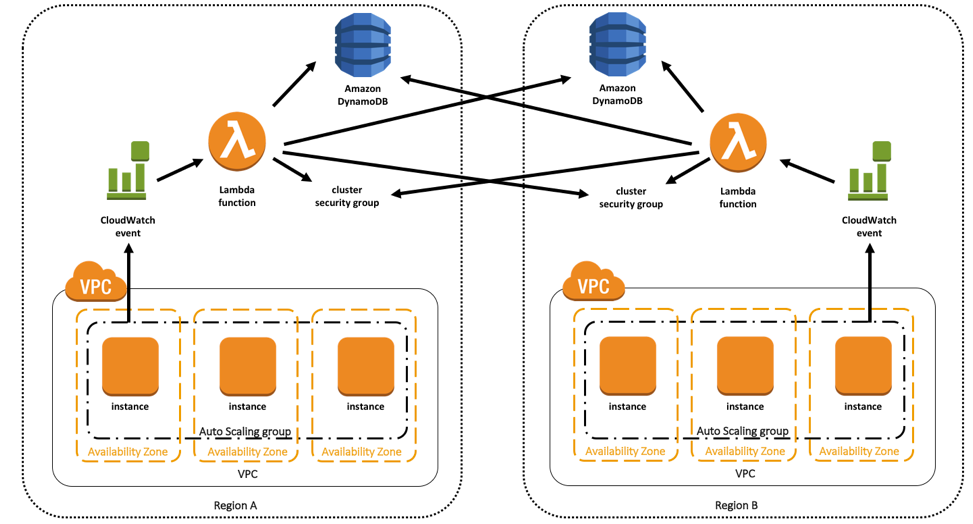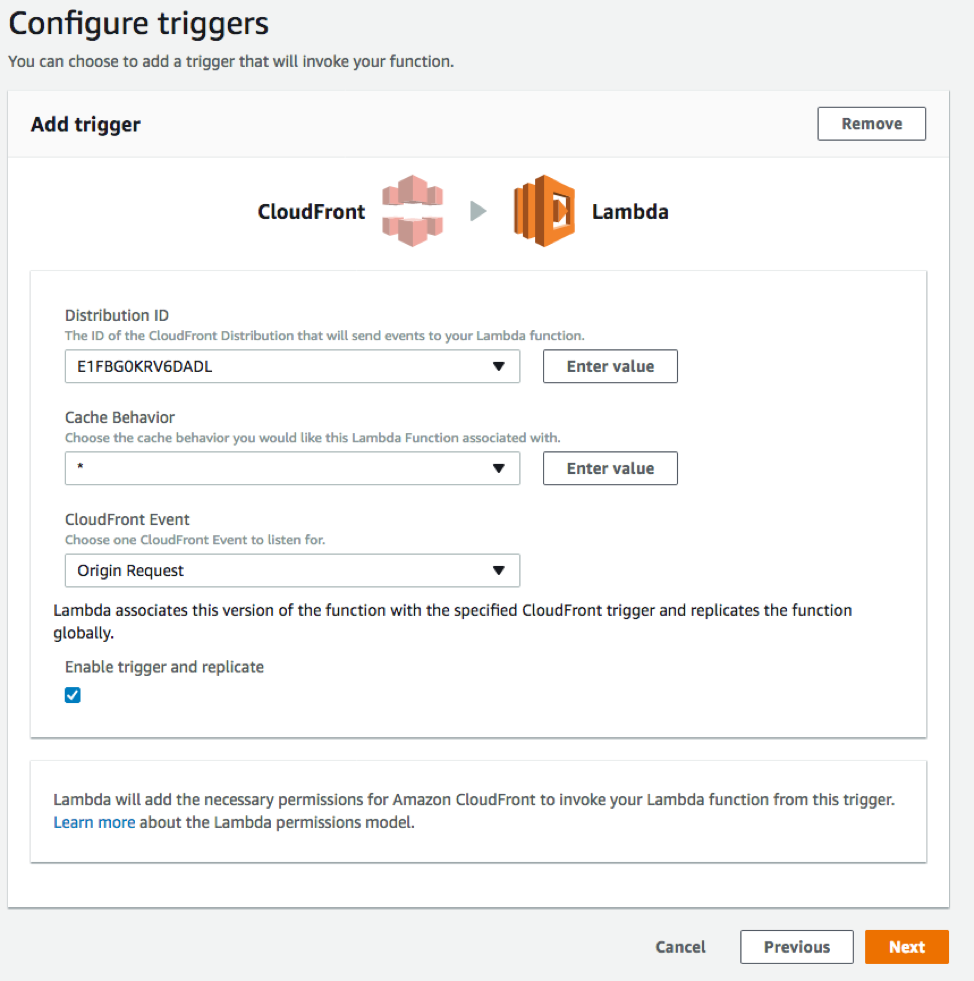AWS Compute Blog
Tag: AWS Lambda
Automating Security Group Updates with AWS Lambda
Customers often use public endpoints to perform cross-region replication or other application layer communication to remote regions. But a common problem is how do you protect these endpoints? It can be tempting to open up the security groups to the world due to the complexity of keeping security groups in sync across regions with a […]
Implementing Default Directory Indexes in Amazon S3-backed Amazon CloudFront Origins Using Lambda@Edge
With the recent launch of Lambda@Edge, it’s now possible for you to provide even more robust functionality to your static websites. Amazon CloudFront is a content distribution network service. In this post, I show how you can use Lambda@Edge along with the CloudFront origin access identity (OAI) for Amazon S3 and still provide simple URLs […]
Analyzing Performance for Amazon Rekognition Apps Written on AWS Lambda Using AWS X-Ray
AWS X-Ray helps developers analyze and debug production, distributed applications, such as those built using a microservices architecture. With X-Ray, you can understand how your application and its underlying services are performing to identify and troubleshoot the root cause of performance issues and errors. It allows you to view, filter, and gain insights to identify […]
Improved Testing on the AWS Lambda Console
(This post has been written by Chris Tate, SDE on the Lambda Console team) Today, AWS Lambda released three console enhancements: A quicker creation flow that lets you quickly create a function with the minimum working configuration, so that you can start iterating faster. A streamlined configuration page with Lambda function settings logically grouped into […]
Using Enhanced Request Authorizers in Amazon API Gateway
Recently, AWS introduced a new type of authorizer in Amazon API Gateway, enhanced request authorizers. Previously, custom authorizers received only the bearer token included in the request and the ARN of the API Gateway method being called. Enhanced request authorizers receive all of the headers, query string, and path parameters as well as the request […]
Synchronizing Amazon S3 Buckets Using AWS Step Functions
Constantin Gonzalez is a Principal Solutions Architect at AWS In my free time, I run a small blog that uses Amazon S3 to host static content and Amazon CloudFront to distribute it world-wide. I use a home-grown, static website generator to create and upload my blog content onto S3. My blog uses two S3 buckets: […]
Building High-Throughput Genomics Batch Workflows on AWS: Job Layer (Part 2 of 4)
This post is courtesy of Aaron Friedman – Healthcare and Life Sciences Partner Solutions Architect at AWS and Angel Pizarro – Scientific Computing Technical Business Development Manager at AWS This post is the second in a series on how to build a genomics workflow on AWS. In Part 1, we introduced a general architecture, shown below, and […]
Simplify Serverless Applications with Environment Variables in AWS Lambda
Gene Ting, Solutions Architect Lambda developers often want to configure their functions without changing any code. In this post, we show you how to use environment variables to pass settings to your Lambda function code and libraries. Creating and updating a Lambda function First, create a Lambda function that uses some environment variables. Here’s a […]
Serverless Cross Account Stream Replication Using AWS Lambda, Amazon DynamoDB, and Amazon Kinesis Firehose
September 8, 2021: Amazon Elasticsearch Service has been renamed to Amazon OpenSearch Service. See details. This is a guest post by Richard Freeman, Ph.D., a solutions architect and data scientist at JustGiving. JustGiving in their own words: “We are one of the world’s largest social platforms for giving that’s helped 27.7 million users in 196 […]




